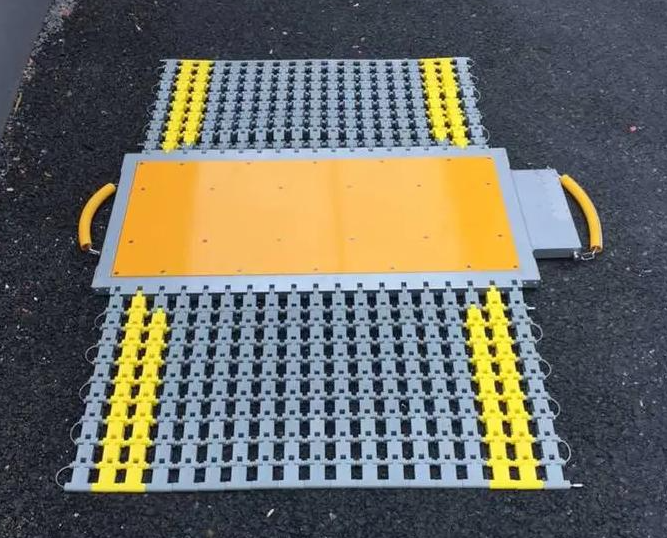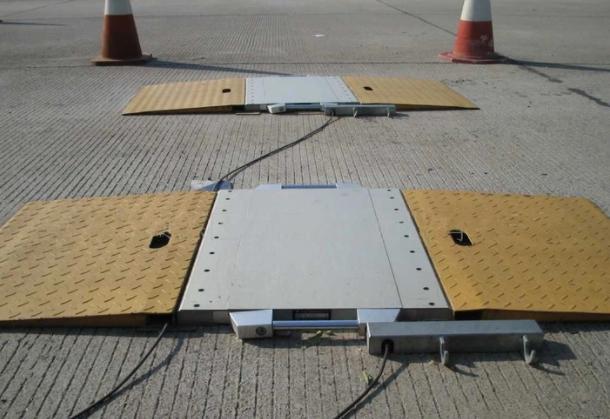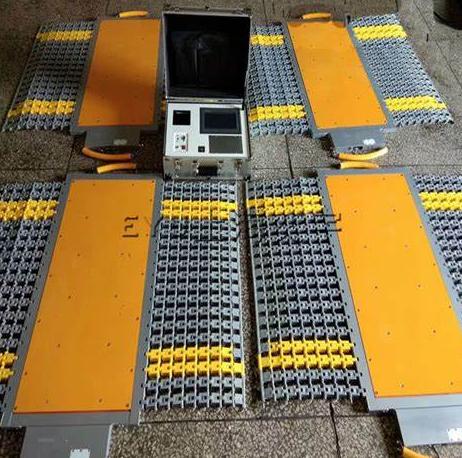Maintenance and Calibration of Portable Axle Weigh Scales
In the transportation and logistics industry, portable axle load scales play an important role in ensuring vehicle compliance with weight regulations, optimizing load distribution, and preventing overloading. In order to maintain its accuracy and reliability, it is necessary to conduct regular maintenance and calibration. This article explores the importance of maintaining and calibrating portable axle load scales, providing insights into best practices and procedures.
What are Portable Axle Weigh Scales
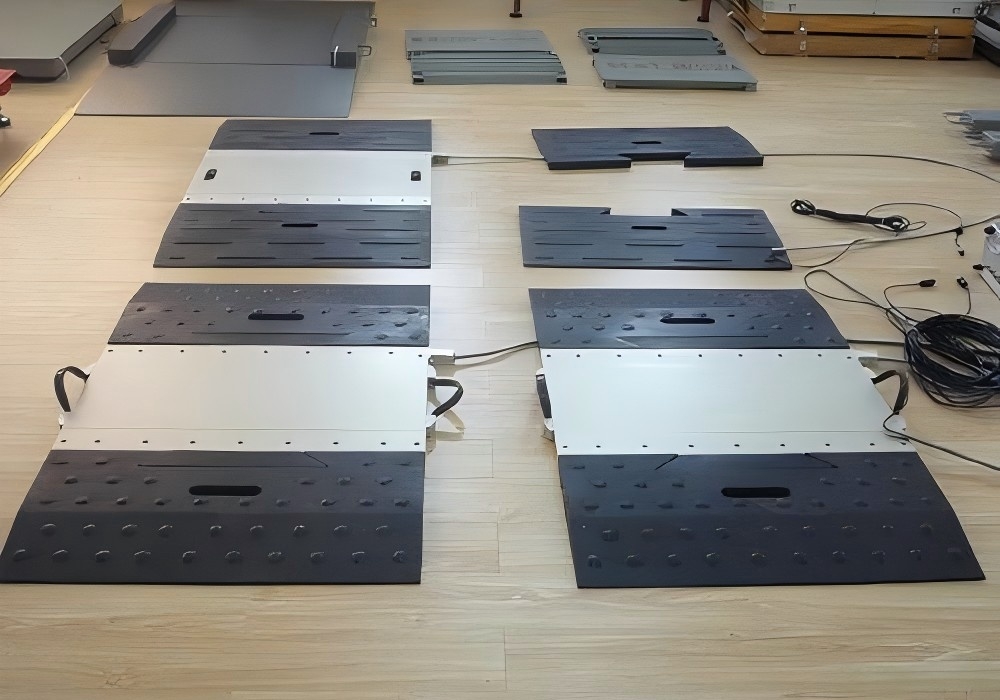
A portable axle, unlike permanent, in-ground platform scales, offers unmatched flexibility. Each individual weighing pad, typically constructed from durable steel or composite materials, is designed to handle the weight of a single vehicle axle. Their low-profile design allows for easy placement under tires, minimizing disruption to workflow. The pads connect wirelessly or with cables to a central weighing indicator, which displays the weight of each axle and the total vehicle weight in real-time.
This portability makes them ideal for a wide range of applications, from construction sites and farms to scrapyards and roadside inspections. They are particularly valuable for industries where frequent weight verification is crucial, ensuring compliance with regulations, optimizing load distribution, and promoting safety on the roads.
Maintenance of Portable Axle Weigh Scales
Importance of Maintenance
Regular maintenance is an essential element in safeguarding the continued precision and longevity of your axle weigh scales, including the portable type. Environmental factors like dust, debris, and moisture accumulation can significantly impact the scale’s ability to deliver accurate weight readings. Additionally, uneven surfaces can introduce further inconsistencies in measurement.
A proactive maintenance program helps mitigate these issues before they compromise the integrity of the data collected. Inaccurate weight readings can have a domino effect, leading to potential safety hazards due to overloaded vehicles, unfair trade practices due to miscalculated weight discrepancies, and even legal ramifications arising from non-compliance with industry regulations. By implementing a regular maintenance schedule, you can proactively address these concerns and ensure your scales continue to provide reliable data, ultimately protecting your business and promoting safety in your operations.
Tools and Resources for Maintenance
To effectively maintain portable axle weigh scales, having the right tools and resources is essential. Proper maintenance not only ensures the longevity and accuracy of the scales but also enhances safety and efficiency. Here are the key tools and resources required for maintaining these scales:
- Cleaning Supplies
Regular cleaning is crucial for keeping portable axle weigh scales in optimal condition. Essential cleaning supplies include:
- Brushes: Various types of brushes, such as soft-bristle brushes, can be used to gently remove dirt and debris from the scales without causing damage.
- Compressed Air: Compressed air helps in blowing away dust and fine particles from hard-to-reach areas, ensuring that the scales remain clean and free from contaminants.
- Non-abrasive Cleaning Solutions: These solutions are used to clean the surfaces of the scales without scratching or damaging them. They are effective in removing grease, oil, and other stubborn stains.
- Lubricants
Lubrication is vital for the smooth operation of the scales’ moving parts and for preventing rust and corrosion. The use of high-quality lubricants ensures that all mechanical components function efficiently. Regular application of lubricants helps in extending the lifespan of the scales and maintaining their accuracy.
- Inspection Tools
Frequent inspections are necessary to identify any potential issues before they become major problems. Essential inspection tools include:
- Flashlights: Bright, high-intensity flashlights are essential for inspecting the scales in low-light conditions and for illuminating hard-to-see areas.
- Magnifying Glasses: These are used to closely examine small parts and components for any signs of wear, damage, or corrosion.
- Multimeters: Multimeters are used to check the electrical connections and ensure that the load cells and other electronic components are functioning correctly.
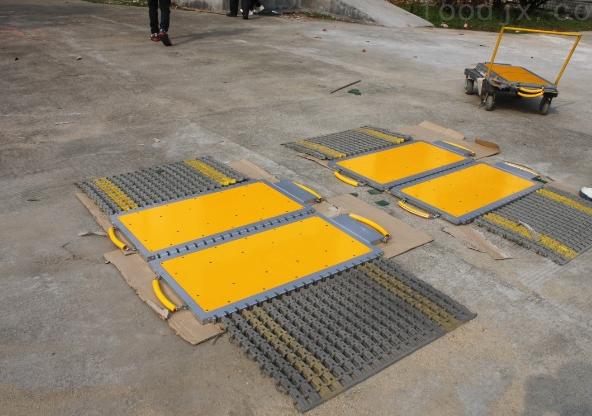
- Technical Manuals
Technical manuals provided by the manufacturer are invaluable resources for maintenance. These manuals offer detailed maintenance procedures, guidelines, and troubleshooting tips. They provide step-by-step instructions for performing routine checks, calibrations, and repairs, ensuring that maintenance is performed correctly and efficiently.
- Replacement Parts
Having a stock of replacement parts on hand is essential for quick and effective repairs. Commonly required replacement parts include:
- Load Cells: These are critical components that measure the weight on the scale. Having spare load cells ensures that the scale can be quickly restored to operation in case of failure.
- Cables: Replacement cables are necessary for maintaining the electrical connections between the components of the scales.
- Connectors: Spare connectors are important for ensuring secure and reliable electrical connections.
By equipping maintenance personnel with the right tools and resources, portable axle weigh scales can be kept in top working condition, ensuring accurate measurements and prolonging their operational life.
Calibration Process of Portable Axle Weigh Scales
Calibration is a critical process that ensures portable axle weigh scales provide accurate and reliable weight measurements. It involves adjusting the scales to match a known standard, such as certified weights, to validate their accuracy across different load ranges.
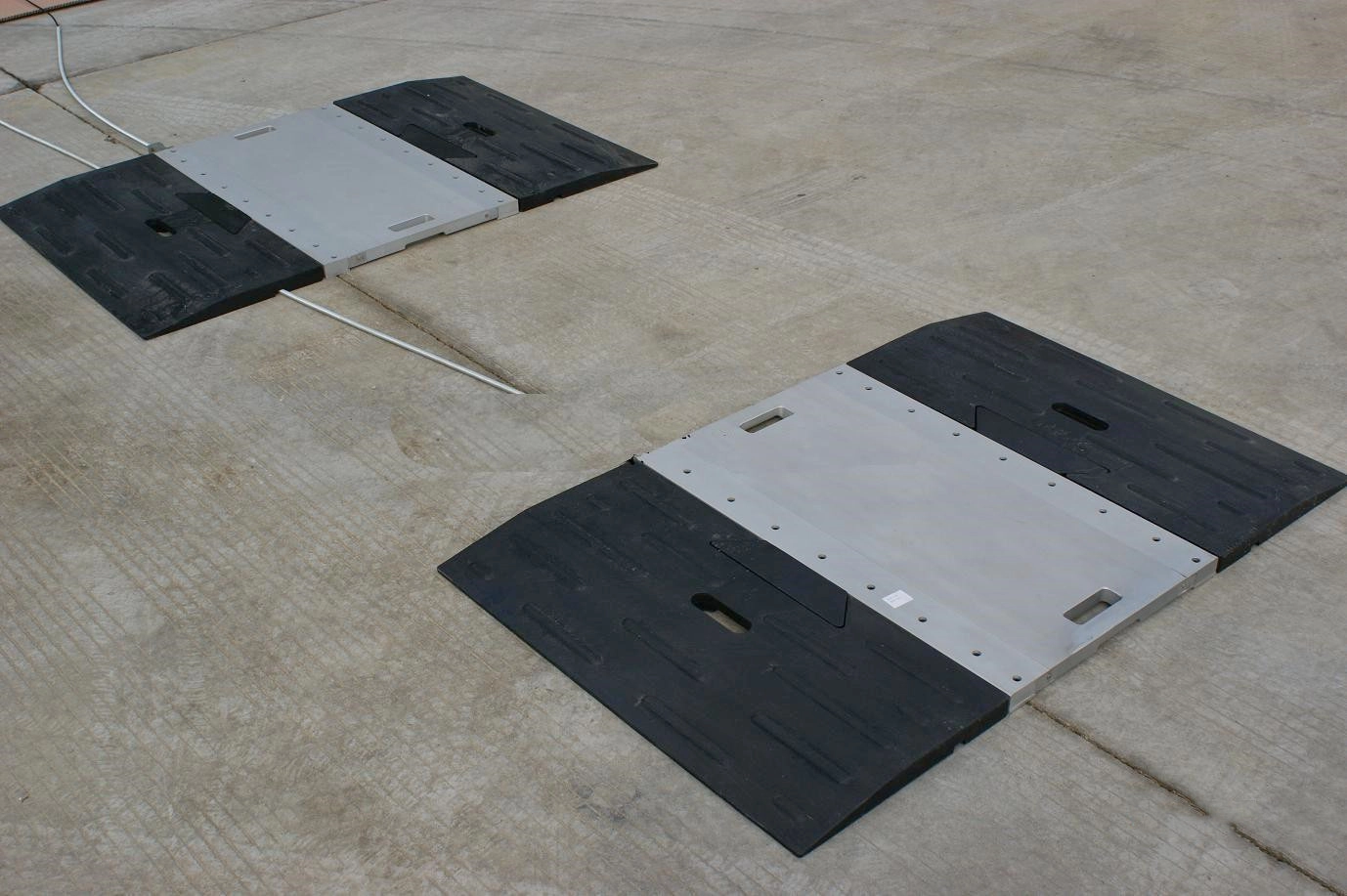
Steps Involved in Calibration
The calibration process for portable axle weigh scales typically includes the following steps:
- Preparation: Begin by ensuring the scales are clean and free from any debris that could affect readings. Gather the necessary calibration weights that cover the expected range of weights the scales will measure.
- Zeroing: Set the scale to zero to eliminate any bias or offset. This ensures that the scale starts from a neutral point before measuring any weight.
- Applying Calibration Weights: Place the calibration weights sequentially on the scale’s platform or axle pads. Record the readings provided by the scale for each weight applied.
- Adjustment: Compare the scale’s readings with the known values of the calibration weights. If discrepancies are found, adjustments may be necessary. Some scales allow for adjustments through calibration software or manual adjustments using calibration screws or settings.
- Verification: After making adjustments, repeat the process of applying calibration weights and recording the readings to verify that the adjustments have corrected any discrepancies.
- Documentation: It is essential to document the calibration process thoroughly. Record the calibration results, adjustments made, and any observations during the process. This documentation serves as a record of compliance with regulatory requirements and helps in tracking the scale’s performance over time.
Frequency of Calibration
The recommended frequency of calibration for portable axle weigh scales can vary depending on several factors, including:
- Manufacturer’s recommendations: Always consult your scale’s user manual for the manufacturer’s suggested calibration intervals.
- Frequency of use: Scales used more frequently will generally require more frequent calibration compared to those used less often.
- Industry regulations: Regulations in some industries may dictate specific calibration intervals for portable axle weigh scales.
Conclusion
Maintaining and calibrating portable axle weigh scales is essential for ensuring their accuracy, reliability, and longevity. Regular maintenance prevents wear and tear, while proper calibration ensures precise measurements. By following best practices for maintenance and calibration, you can maximize the performance of their portable axle weigh scales, ensuring safe and efficient operations in various industries.
If have other questions, please feel free to contact Bincen for more information about the portable axle weigh scale.

